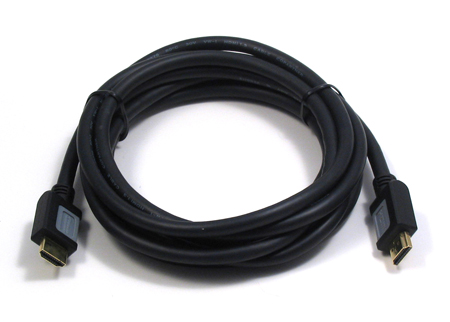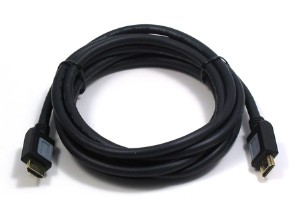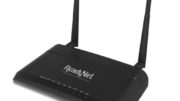Sometimes you have to do it the hard way. There’s a lot of content you can get from smart TVs and streaming devices but there’s no substitute for an actual computer hooked to the TV. Yes, it can be unsightly and a little bit of a pain, but if you need that level of versatility, or if you’re trying to watch something that just isn’t available any other way, sooner or later you’re going to connect the computer to the TV. So what’s the best way?
Let’s just get this out of the way now…
There are various solutions that give you the ability to “cast” your PC output wirelessly. Some streaming sticks have this ability built in, and Apple practically pioneered the idea with AirPlay. There are also older, obsolete technologies like Wireless HDMI and WHDI that can do the same thing with adapters. There are even apps for PCs that let you share the screen with any number of devices.
Personally, I’ve found wireless “Casting” solutions to be strictly hit or miss. You need to have really good Wi-Fi on both sides, both at the computer and at the TV, and there’s always a really significant lag. If it’s just a quick thing, these things are fine, but if you’re looking to actually interact with the computer, I would choose a wired solution even though no one wants to have a wire running across the floor. It’s just what you have to do.

Easiest: HDMI cable
Most modern computers have HDMI out and most modern TVs have HDMI in. For under $5 you can get the cable of your dreams from Solid Signal and then it’s just a matter of plugging things in and setting the input on your TV. If you’re looking for the best possible quality, make sure the overscan settings on the TV are set right – you want “Screen Fit” or “Exact Fit” or something like that. This will mean that the signal you send is displayed pixel-for-pixel on the TV.

Older computers with VGA outputs will need an adapter like this one which sends both picture and sound to your TV’s HDMI input. It connects to the VGA port for picture and the USB port for sound. VGA is an analog technology so no matter what you do, the picture is going to seem a little fuzzy, but if that’s your only option it should be fine.

The best: USB Adapter
If you really want a premiere experience, though, think about a USB Video Adapter like this one. Unless your computer is designed for gaming, the central processing unit is doing all the work for graphics and trying to run multiple monitors might tax both the processor and your computer’s memory. This adapter is really a standalone graphics card that connects to your computer over USB and lets you output an analog or digital signal using VGA, HDMI, or the older DVI standard.





